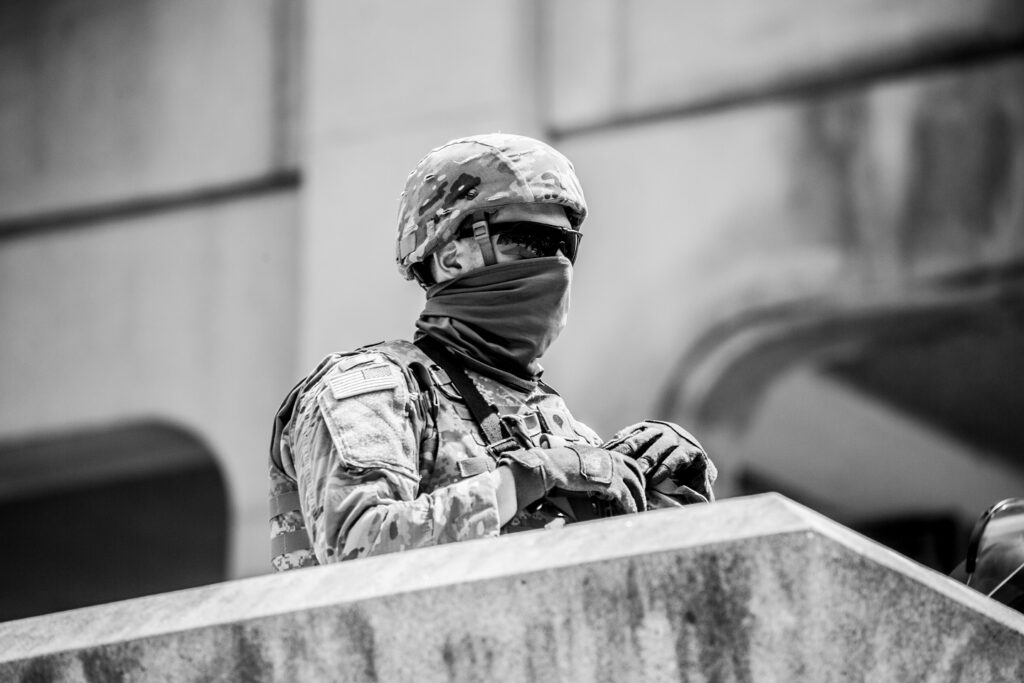
Advancements in Level 4+ Body Armor: Achieving the Optimum Blend of Safeguarding and Agility
In the realm of personal protection, the evolution of Level 4+ body armor has been pivotal. This article delves into the cutting-edge innovations that have pushed the boundaries of defense and mobility, revolutionizing the design of body armor. We explore the intricacies of balancing superior protection against high-velocity, armor-piercing rounds with the need for agility and maneuverability, a critical aspect of operational effectiveness in modern warfare and law enforcement.
The primary challenge that armor manufacturers face when designing level 4+ armor is the weight. The armor needs to be able to stop an armor-piercing bullet, which requires a certain level of thickness and density. However, the thicker and denser the armor, the heavier it becomes, limiting mobility and agility. To address this issue, armor manufacturers have been experimenting with new materials that are lightweight yet strong enough to stop an armor-piercing bullet. For example, some manufacturers are using carbon nanotubes, which are stronger and lighter than steel and can be made into a weave that is flexible and breathable.
Another innovation in Level 4+ armor design is modular systems. Modular armor allows the user to customize their protection based on the threat level. For instance, if the user is going into a high-risk environment, they can add more plates to their armor to increase the protection level. However, if the situation requires mobility and speed, they can remove some of the plates to reduce the weight and enhance maneuverability.
One of the latest innovations in Level 4+ armor is smart armor. Smart armor uses sensors and other advanced technologies to provide real-time data on the armor’s condition, such as temperature and damage. By monitoring the condition of the armor, users can detect defects and replace vulnerable plates before they fail, thus enhancing the armor’s overall effectiveness.
In addition to the material and design innovations, armor manufacturers are also experimenting with new manufacturing techniques. One such technique is 3D printing, which allows for complex shapes and designs that are difficult or impossible to achieve with traditional manufacturing methods. 3D printing also offers the potential for customization of armor based on individual user needs. Manufacturers can create armor that fits the user’s body shape, providing a more comfortable and effective fit.
The innovations in Level 4+ armor design are a testament to the ingenuity of armor manufacturers. Overcoming the challenges of designing armor that offers superior protection while being lightweight and mobile requires out-of-the-box thinking and the use of advanced technologies. As the threats faced by law enforcement and military personnel continue to evolve, armor manufacturers must remain committed to innovating and pushing the boundaries of armor design. The latest innovations in Level 4+ armor will undoubtedly help to keep those who protect us safe, by striking the perfect balance between protection and mobility. So let’s keep an eye out for these amazing technologies that could potentially save lives.
For more great articles, please click here.